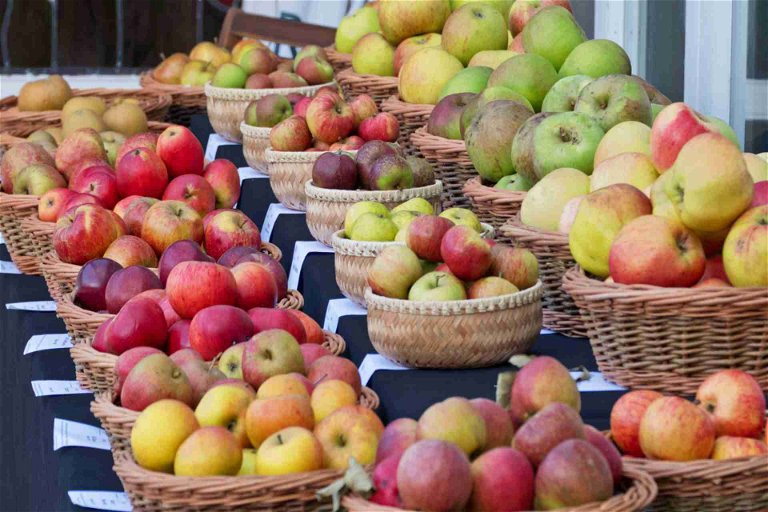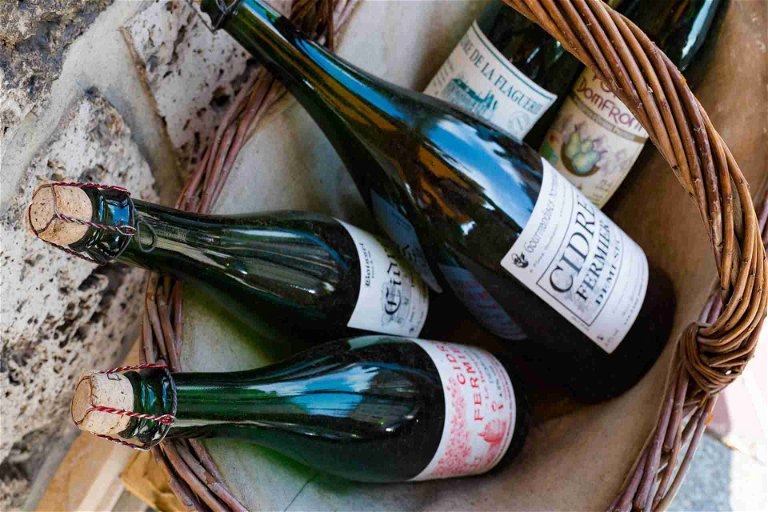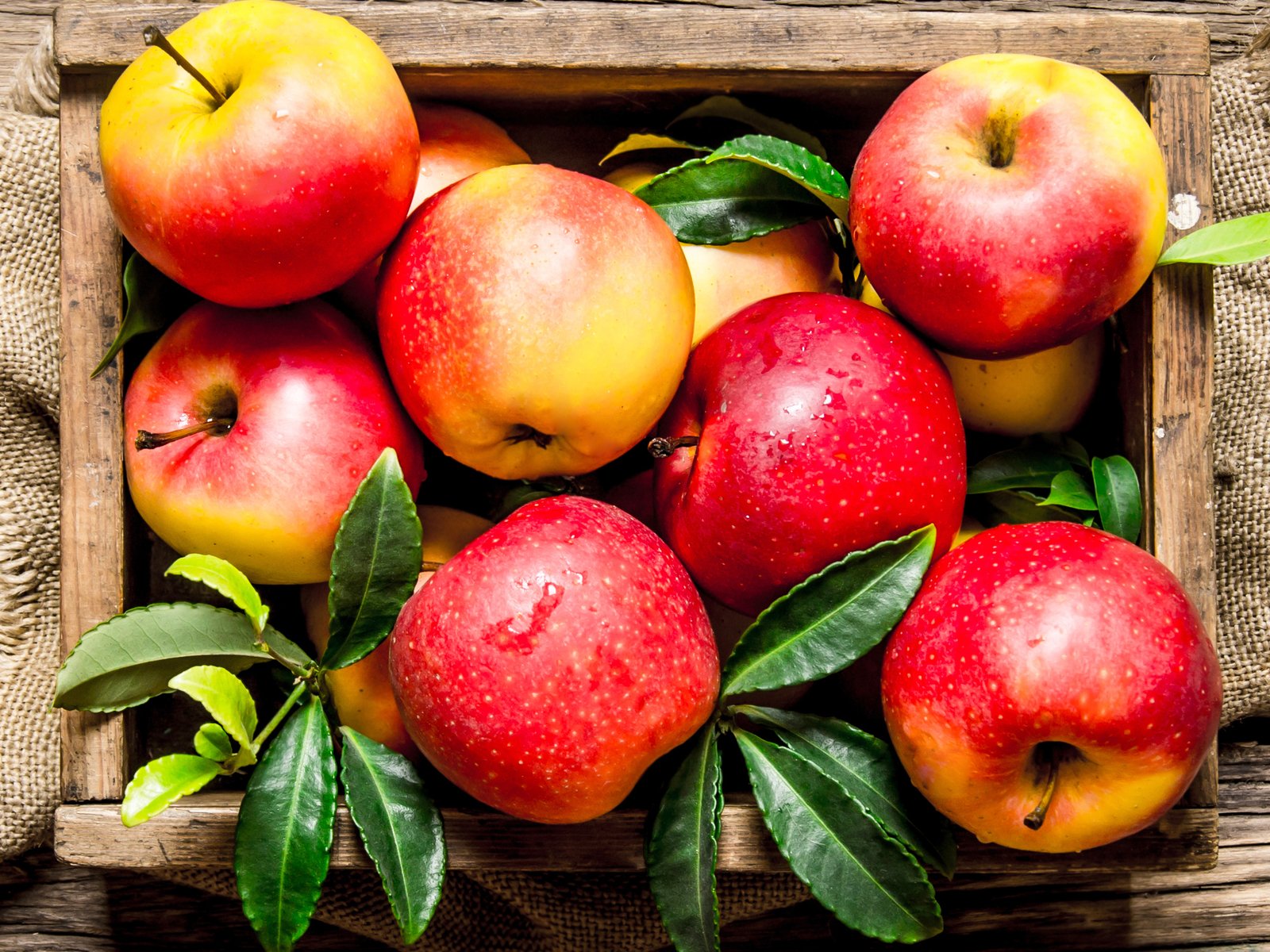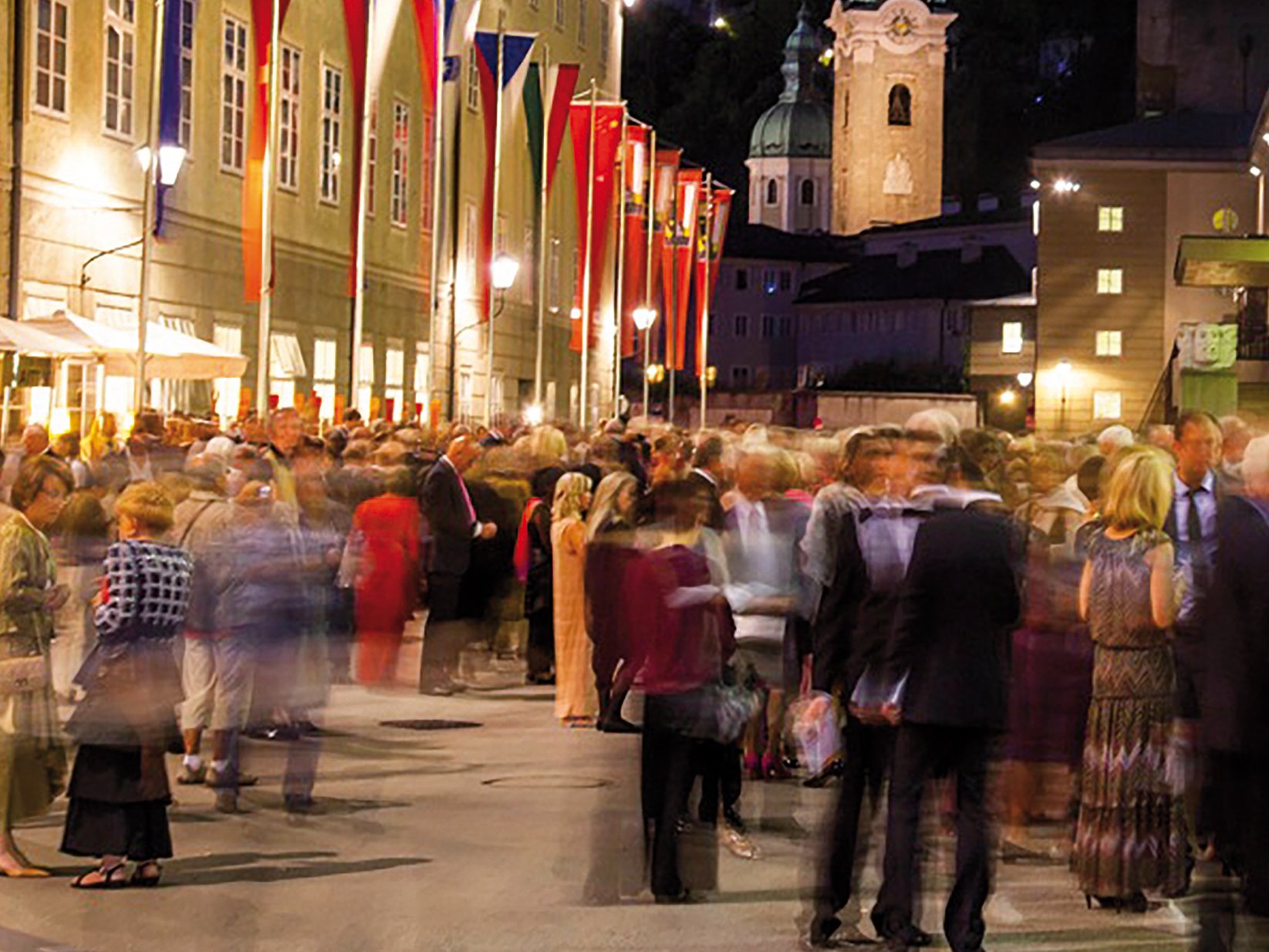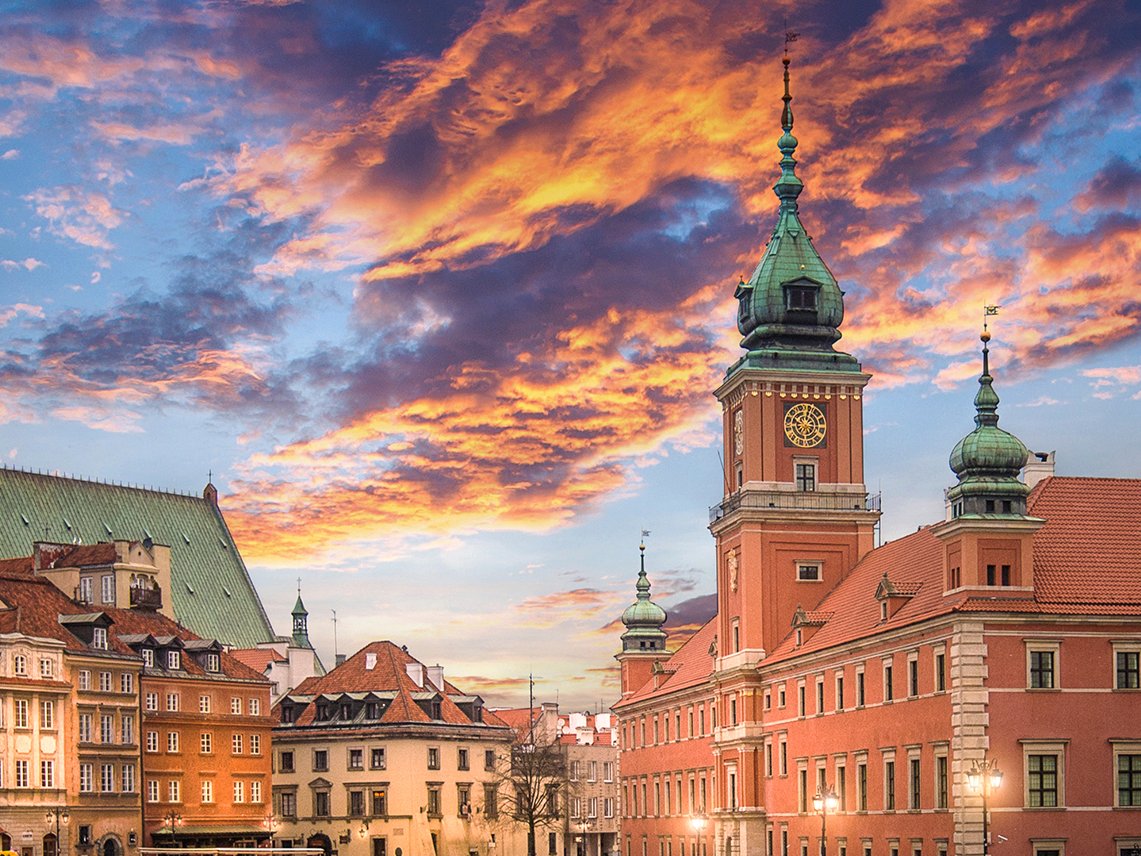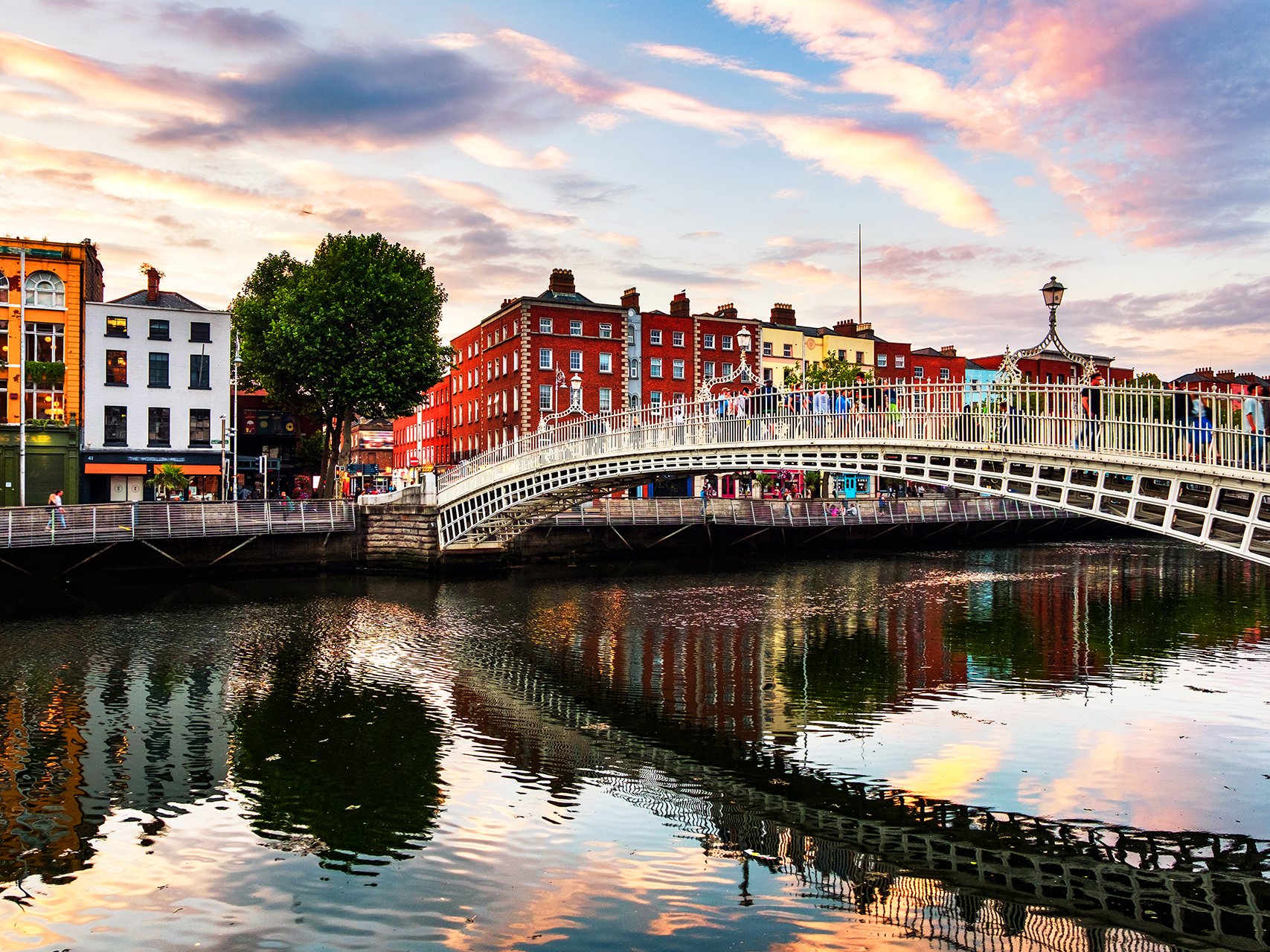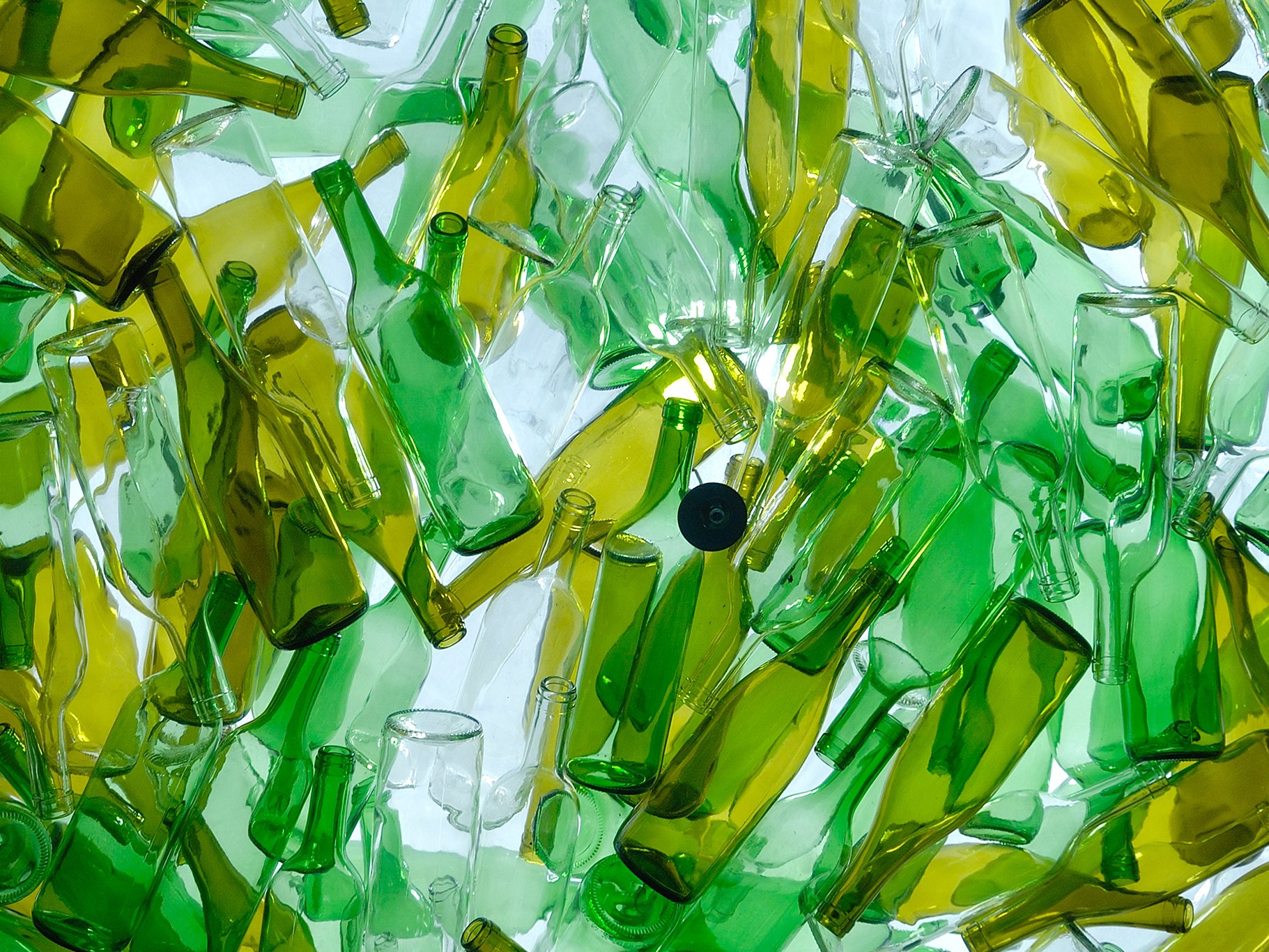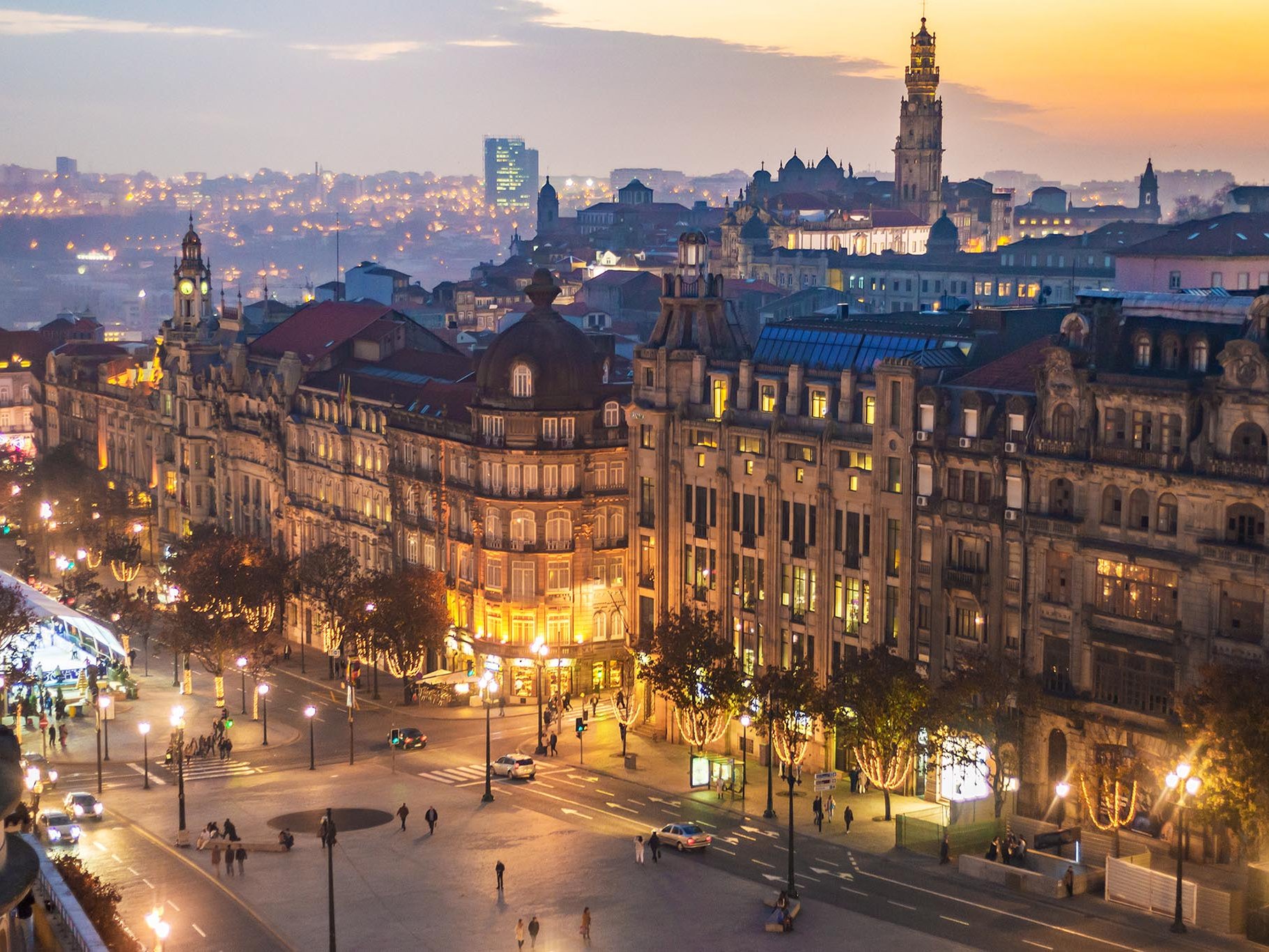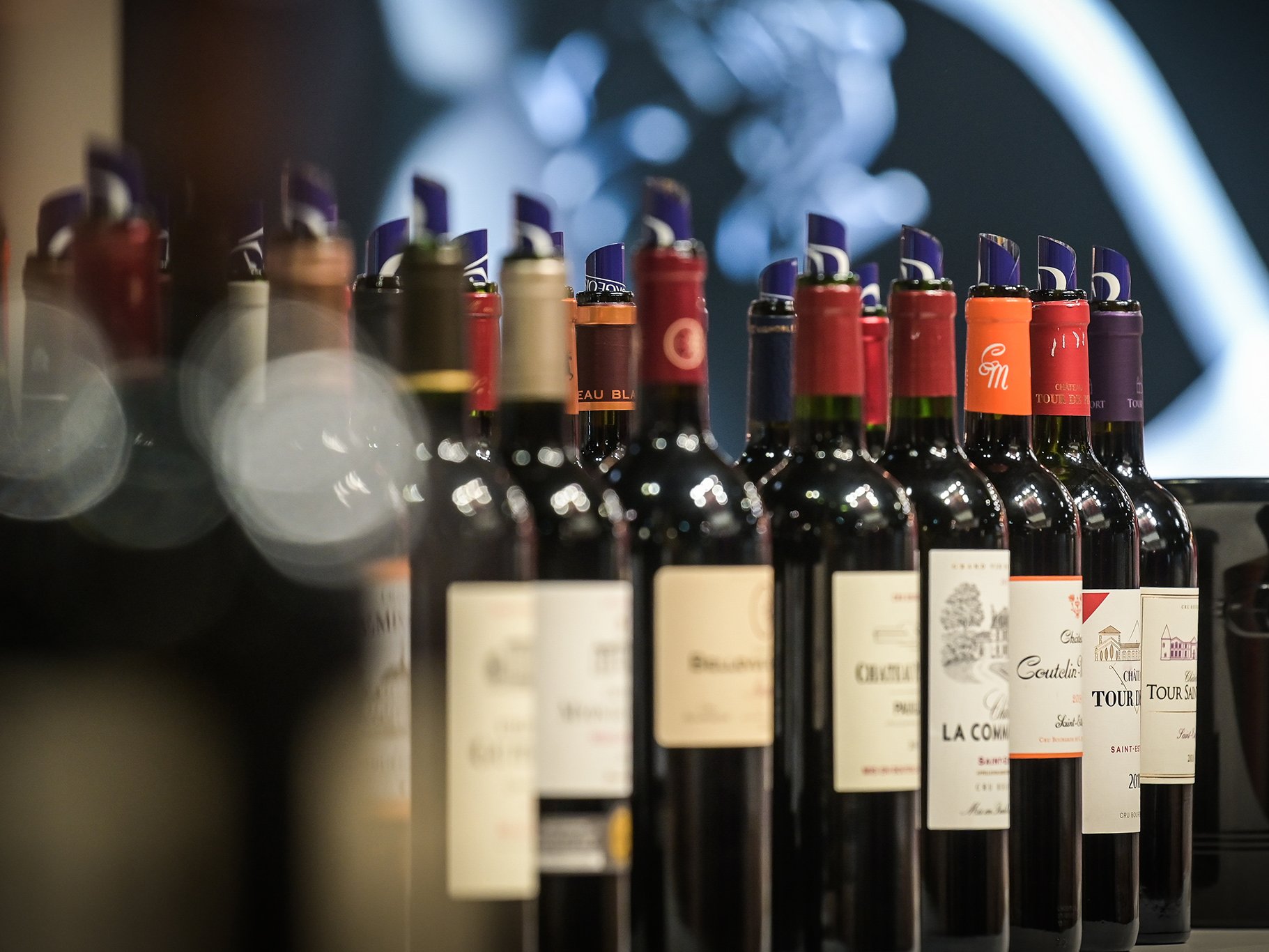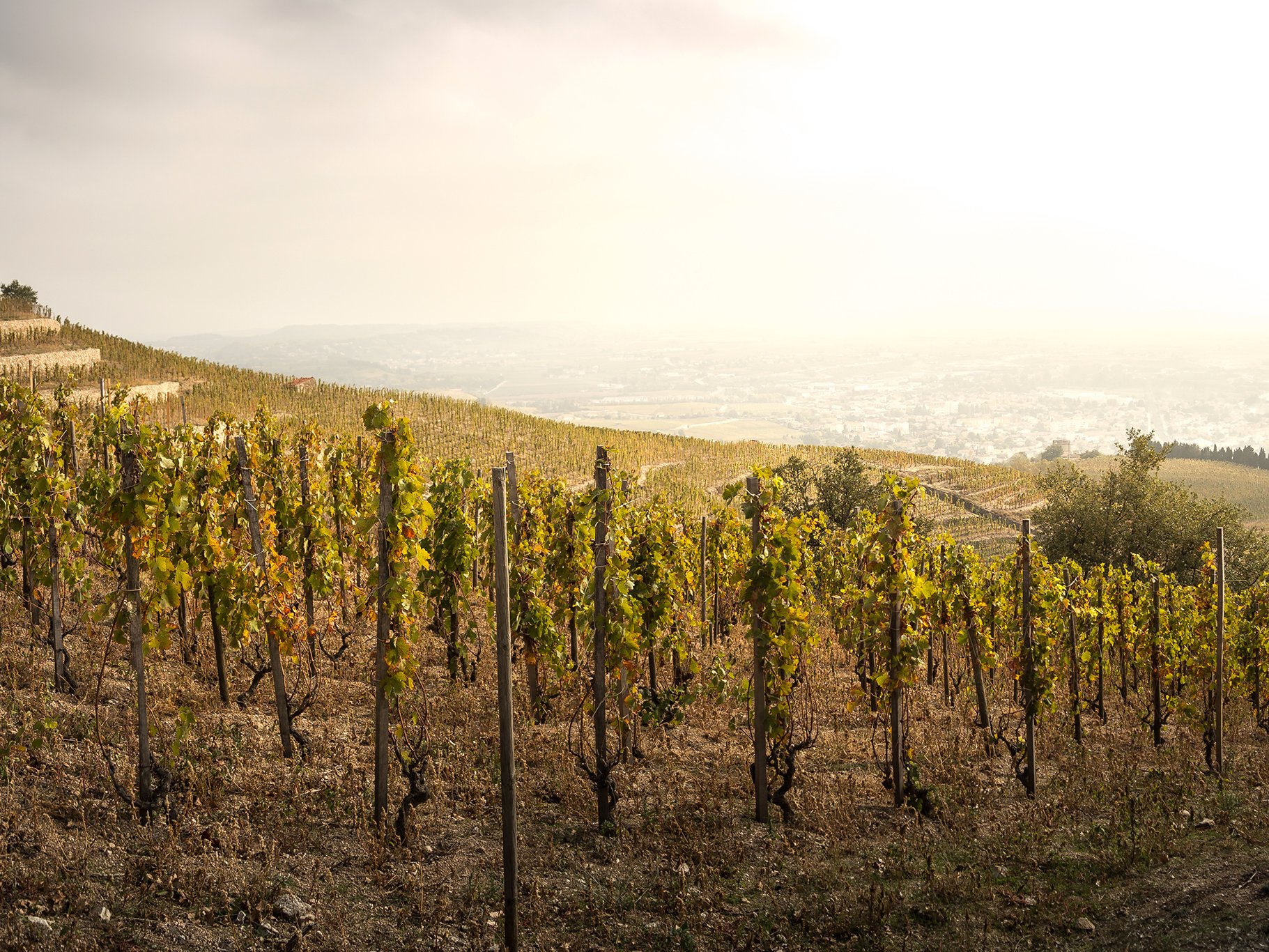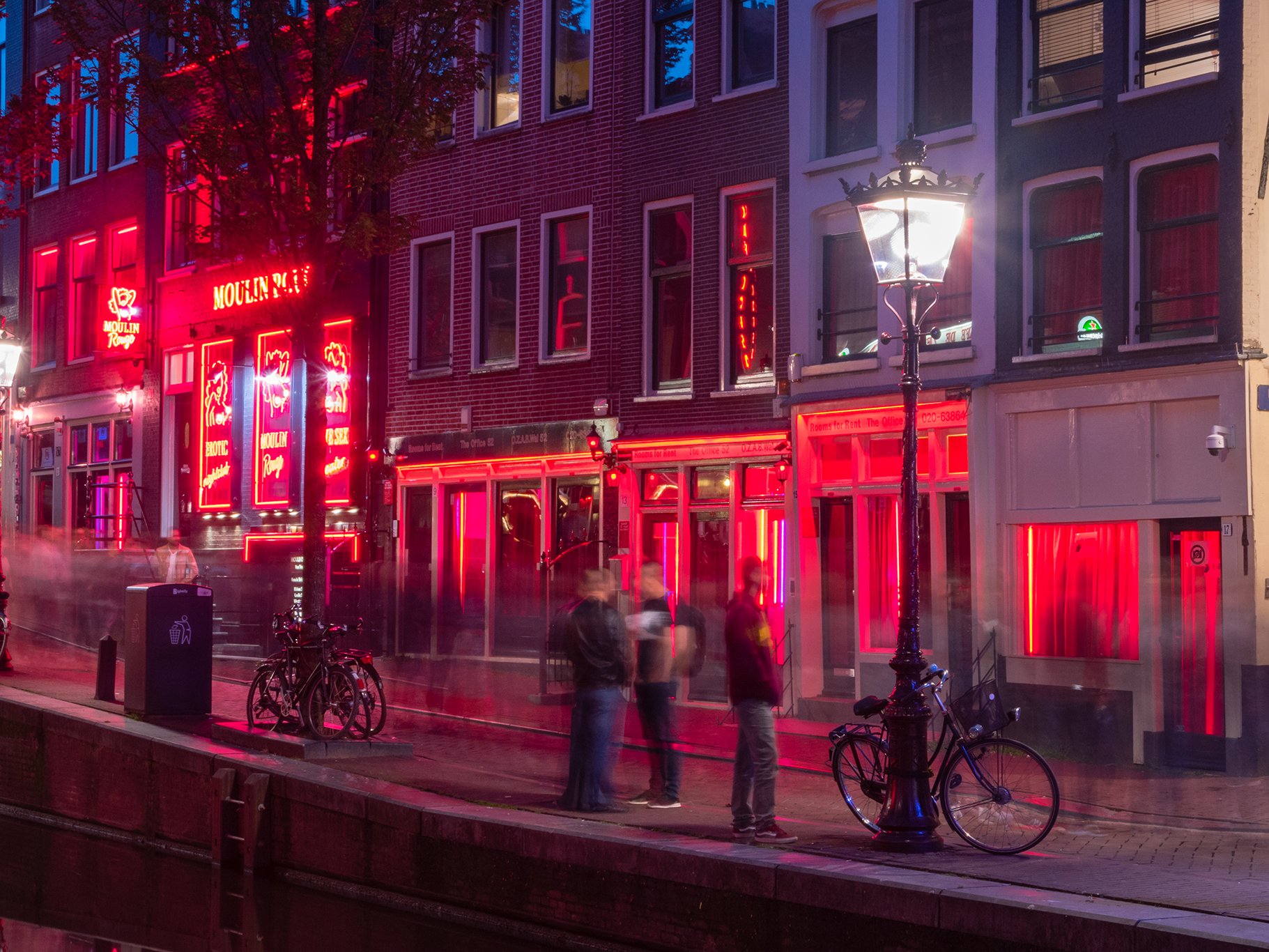English Cider
More than 50% of all apples grown in Britain are washed, squashed and fermented into cider. But what makes English cider so interesting is its long, unbroken history of cider apple orchards and the sheer number of varieties grown. Whilst there is evidence that the Celts made cider from crab apples, we have the Norman invasion of 1066 to thank for the introduction of the sharp, tannic apples that make such scrumptious alcoholic drinks. There are over 2,500 different varieties that are classified four ways in the Long Ashton system; bittersweet, bittersharp, sweet, sharp. These categories give an indication of the levels of tannin and acid. Bittersharp apples, for example, have high acid and high tannin, whilst bittersweet have low acid and high tannin. Most ciders are a blend of apple styles, but ‘vintage quality’ apples can make high quality cider on their own, such as Kingston Black, Foxwhelp or Golden Hornet.
Plenty of rain and rich, fertile soil are needed to grow apples, cold winter months are essential as the trees must be fully dormant over winter. Most varieties are late flowering, so spring frosts are rarely a problem for blossom and fruit set. Strong westerly gales are managed by planting wind breaks, often large orchards are surrounded by tall poplar, alder or birch trees. Two regions are famed for cider; the West Country and Kent.
The West Country, England
The acidic and often iron-rich soils of Somerset, Worcestershire and Herefordshire are perfect for cider apple trees. There is no one style of cider produced across these counties, ciders are many and varied. Probably the most famous style is Scrumpy which was traditionally made from unselected apples or windfalls and tends to be flat, unfiltered, rougher, and more alcoholic (6-8%vol) than other ciders. To ‘scrump’ is to steal fruit from an orchard…so perhaps it is not surprising that these ciders were originally rough and ready. ‘Keeved’ ciders are naturally sweet. The apple pulp is left to settle in barrels for up to 24 hours which allows a degree of oxidation, but it also results in some of the nutrients leaching out, meaning the cider will ferment more slowly and can be bottled with residual sweetness to create a naturally mild cider.
Kent, ‘The Garden of England’
There is a manuscript plan of Christ Church Monastery at Canterbury which dates from about 1165. It shows a walled garden which consisted of apples and pears for eating, cooking and fermenting. Historically Kent has always grown fruit, flowers and vegetables to grace London tables. It was during the reign of King Henry VIII that a model orchard was set up at Teynham which grafted, grew and distributed trees around the county. This mixture of eating and cooking apples is reflected in the style of the ciders; there are no cider apples grown in the Southeast so Kent ciders are less tannic and more juicy and fruity than their west country cousins.
